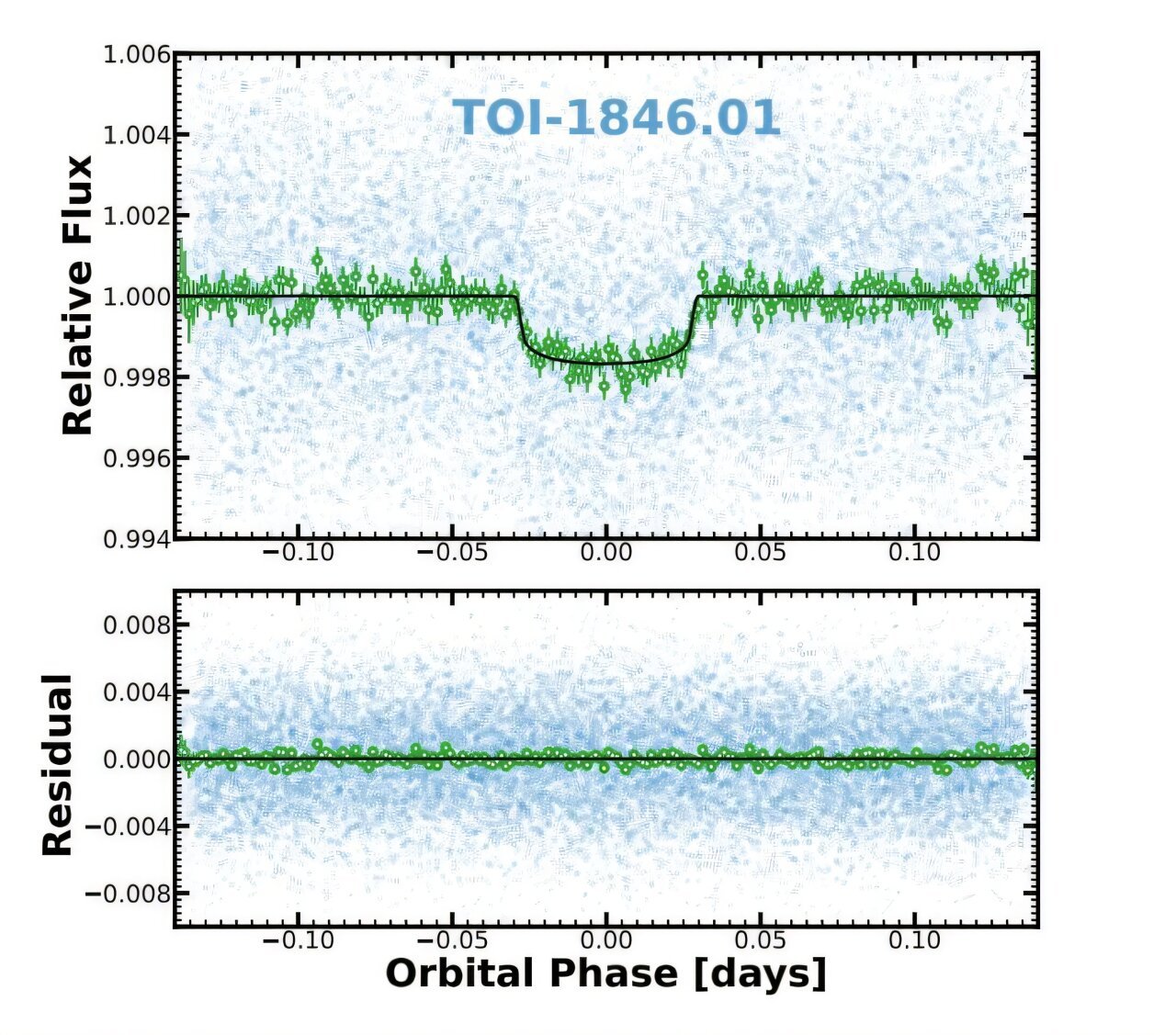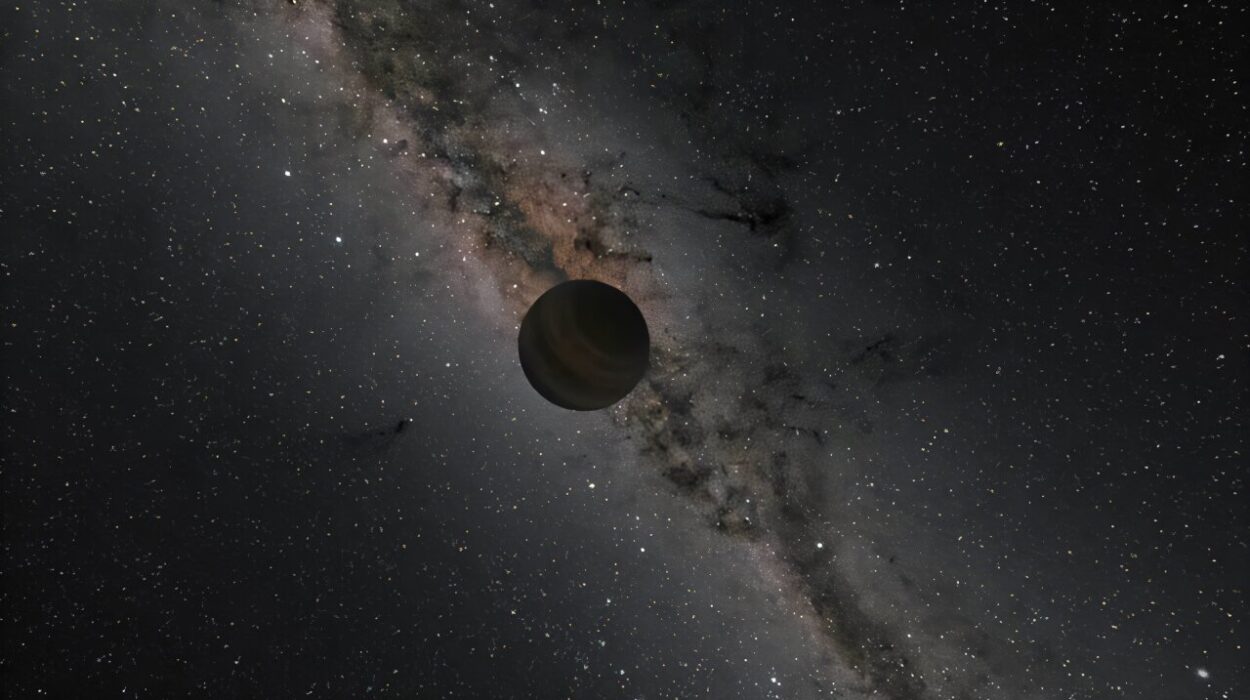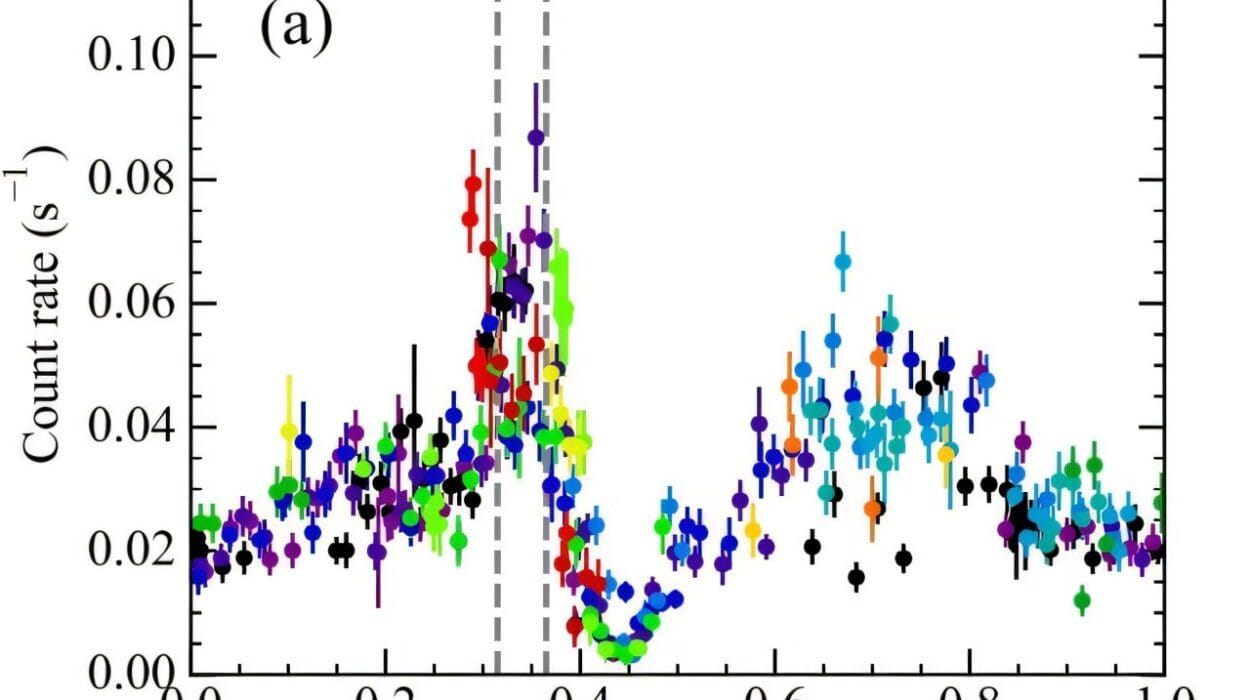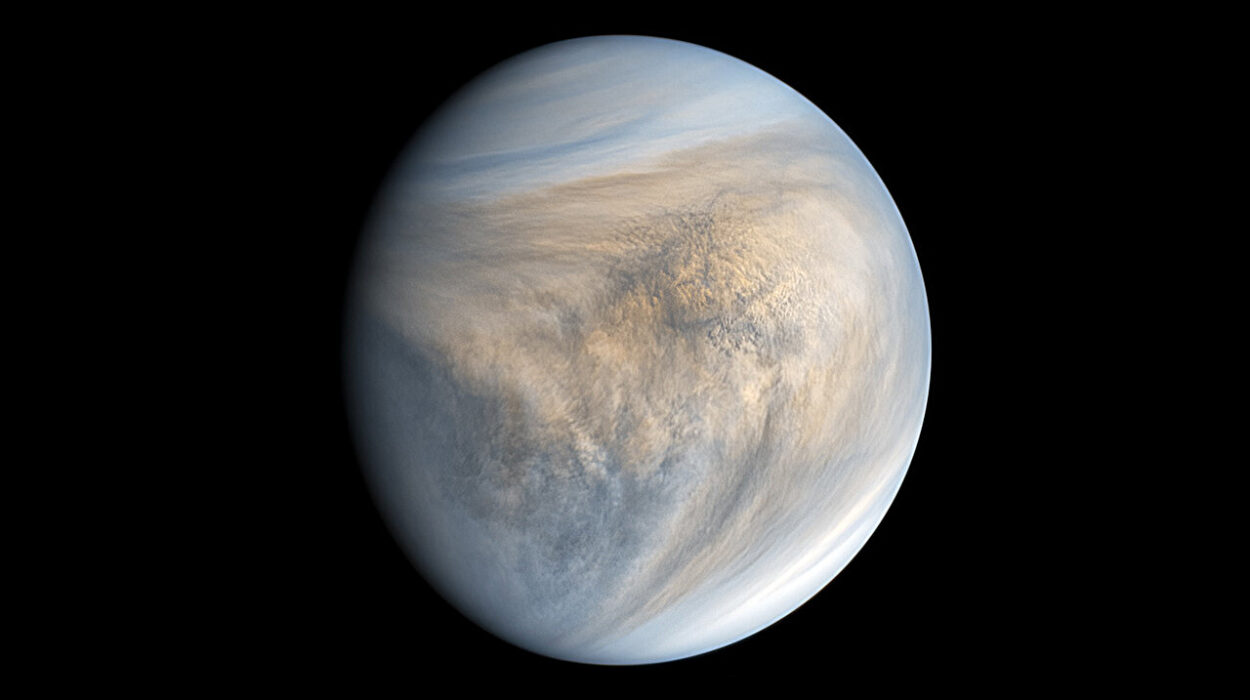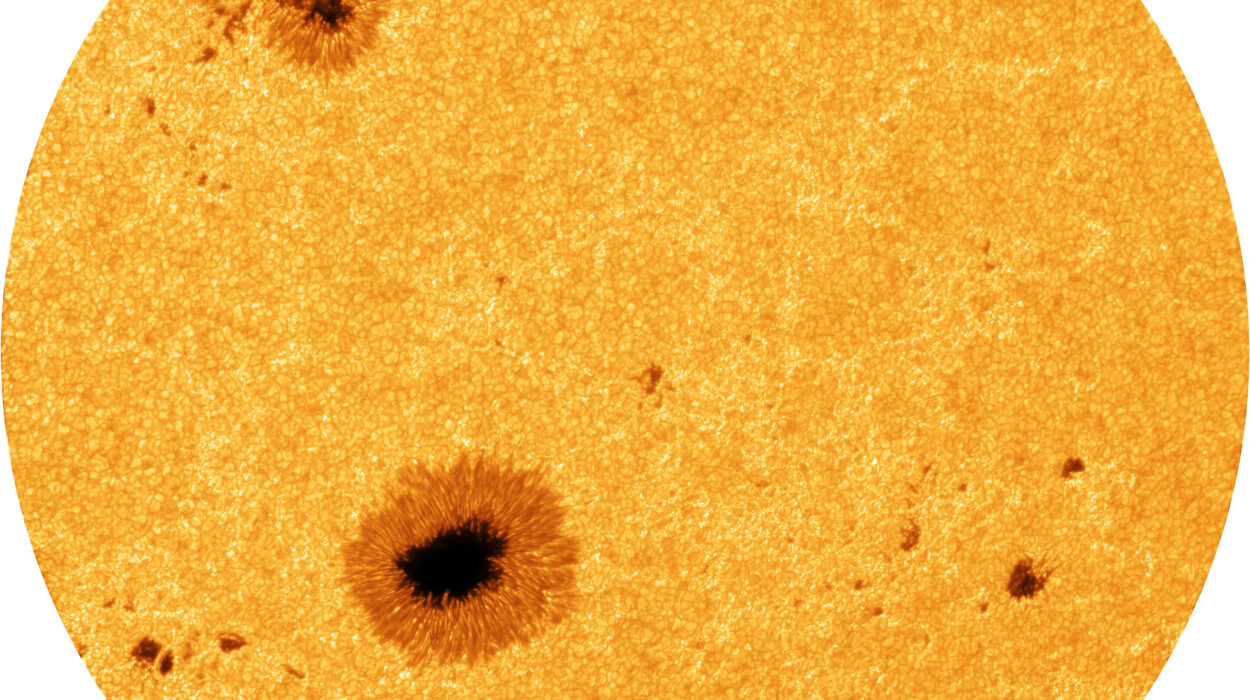In a quiet corner of the galaxy, just 154 light-years from Earth, a small, ancient star pulses steadily—unremarkable at first glance. But circling this unassuming red dwarf is a world that might reshape how we think about planets like our own.
Using data from NASA’s Transiting Exoplanet Survey Satellite (TESS), an international team of astronomers has discovered a new exoplanet: TOI-1846 b, a steamy, super-sized cousin of Earth. It’s roughly twice our planet’s size, four times its mass, and potentially brimming with water.
While it won’t be hosting alien picnics any time soon, TOI-1846 b offers something far more valuable: a rare window into the mysterious “radius valley”—a cosmic gap between rocky super-Earths and puffy, gaseous sub-Neptunes. And it’s putting astronomers one step closer to understanding how worlds form, evolve, and perhaps, harbor life.
A Telescope That Hunts Shadows
Launched in 2018, NASA’s TESS is a cosmic scout. Its mission: to scan the brightest nearby stars and detect the subtle dimming that occurs when a planet passes in front of them—a transit. Out of more than 7,600 candidate exoplanets TESS has flagged, over 600 have been confirmed. TOI-1846 b is one of the latest jewels added to that growing galactic treasure chest.
The planet’s signal first emerged from the faint dips in light from its host star, a cool and compact M dwarf known as TOI-1846. To confirm the find, researchers led by Abderahmane Soubkiou from the Oukaimeden Observatory in Morocco coordinated an array of ground-based telescopes for photometric and spectroscopic follow-up—scrutinizing the star’s light, color, and gravitational wobble.
Their conclusion: this wasn’t just noise or a false positive. This was a world.
A World on the Edge of Change
TOI-1846 b is what astronomers call a super-Earth—a planet larger and more massive than Earth, but smaller than the gas giants that populate the outer edges of our solar system. With a radius of 1.792 Earth radii and 4.4 Earth masses, it’s dense enough to suggest a solid interior, but not so dense as to rule out a thick atmosphere or a watery shell.
Its orbit is scorching—just 3.93 days around its star, at a distance of only 0.036 astronomical units (about one-tenth the distance between Mercury and the Sun). With an estimated equilibrium temperature of 568 K (roughly 295°C or 563°F), it’s far from habitable, but it sits at a crucial boundary in planetary classification.
That boundary, known as the radius valley, is a curious divide. When scientists plot the sizes of known exoplanets, they see a strange dip around 1.8 Earth radii. It’s as if nature avoids making planets of this size. Some experts believe this valley marks the point where intense radiation from host stars strips away the atmospheres of smaller planets, leaving behind rocky cores. TOI-1846 b sits right at that edge—offering a natural experiment in planetary survival.
A Sniff of Science in the Air
Understanding TOI-1846 b’s atmosphere could help decode its history. Is it a rocky planet with a remnant hydrogen envelope? Or a water-rich world with a thick, steamy atmosphere? The answers lie in its composition—a mystery that can only be solved through detailed radial velocity (RV) measurements, which track the tiny wobbles of a star caused by an orbiting planet’s gravity.
The team suggests using the MAROON-X spectrograph—an ultra-precise RV instrument—to pin down the planet’s mass and perhaps detect atmospheric signals. With a Transmission Spectroscopy Metric (TSM) of 47, TOI-1846 b isn’t a top-tier target for atmospheric characterization, but it’s promising enough to warrant closer inspection.
Every molecule detected—whether water vapor, hydrogen, or something more exotic—could be a clue to the planet’s origin.
An Old Star with New Stories
The star TOI-1846, also known as TIC 198385543, is a mature member of the galactic neighborhood. With just 42% the mass of the Sun and a surface temperature of 3,568 K (about 6,000°F cooler than our Sun), it has been shining for over 7.2 billion years—long enough to have witnessed multiple revolutions of life and death in nearby star systems.
That age adds another layer of intrigue. Any planet orbiting it has had time to evolve dramatically. TOI-1846 b may once have been bloated with gas, only to be stripped down to a denser core. Or it may have formed late, avoiding the worst of its star’s youthful flares.
Either way, it now orbits in a precarious balance—close enough to be roasted, yet stable enough to remain.
Why This Matters
The discovery of TOI-1846 b is more than just another tally on the exoplanet scoreboard. It deepens the mystery of planetary formation, survival, and transformation.
The radius valley is one of the most puzzling features in exoplanet science today. It tells us that planets are not static—they evolve, shed layers, reshape their atmospheres, and shift identities over billions of years. Each world like TOI-1846 b helps scientists sketch the hidden rules of this cosmic game.
And as missions like TESS continue their sky-wide sweep, each new discovery adds another thread to a tapestry of possibilities. Somewhere in that growing data set may lie Earth’s true twin—or the missing puzzle piece that explains why we’re here at all.
For now, TOI-1846 b reminds us that the universe, even in its quietest corners, still has secrets. And sometimes, those secrets come wrapped in the shape of a super-Earth, hugging its star with a three-day orbit and whispering stories of fire, water, and time.
Reference: Abderahmane Soubkiou et al, TOI-1846b: A super-Earth in the radius valley orbiting a nearby M dwarf, arXiv (2025). DOI: 10.48550/arxiv.2506.18550
